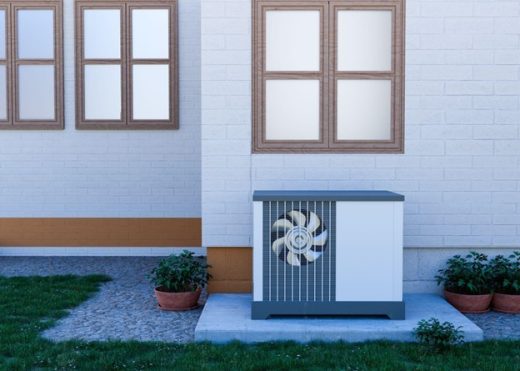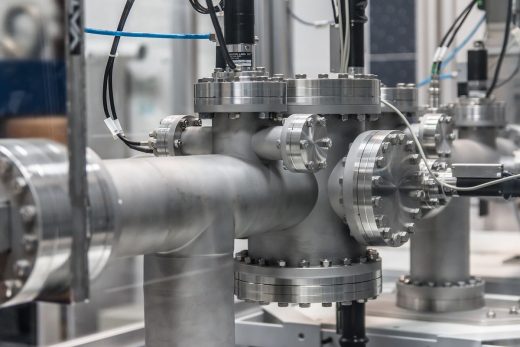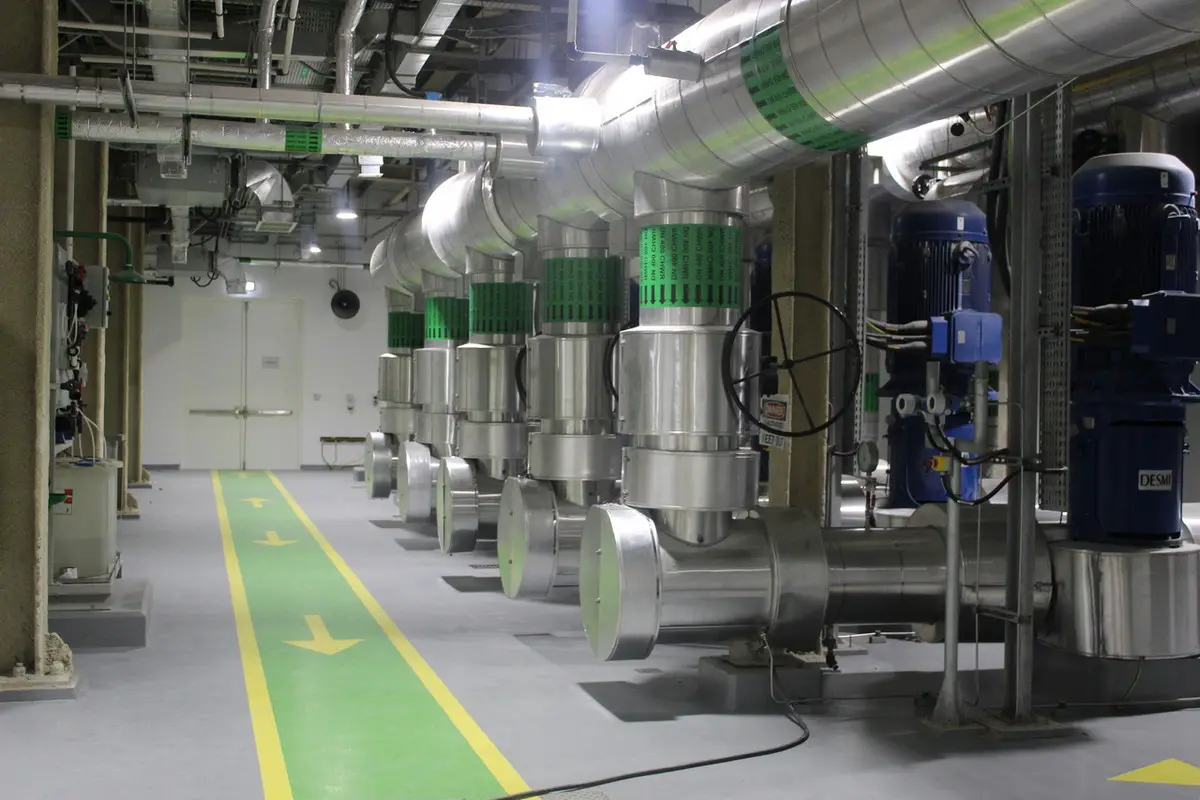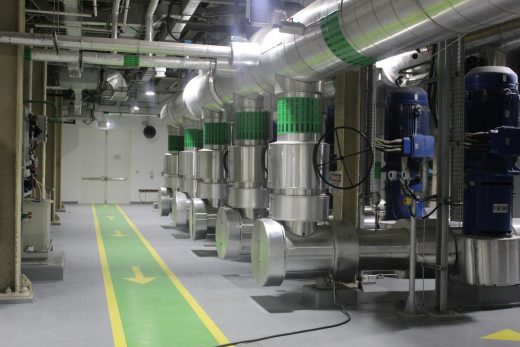District heating for smart cities benefits, Sustainable city energy solutions, Environmental sustainability
District Heating for Smart Cities Benefits
15 August 2024
The benefits of district heating for smart cities
As urbanization accelerates globally, the need for efficient and sustainable energy solutions in cities is becoming more critical than ever. In response, the concept of smart cities has emerged, focusing on the integration of technology and innovation to improve the quality of life for residents while advancing environmental sustainability.
A key element of smart city infrastructure is district heating systems, which are essential for optimizing energy consumption, lowering emissions, and building resilient communities.
District heating has emerged as a central character in the story of smart cities. This centralized approach to infrastructure is touted to be more efficient and sustainable, all whilst having economic advantages. So, is this the key to future-proofing cities and hedging against energy challenges?
What is district heating?
District heating is where one centralized source distributes heat to multiple buildings through a network of insulated pipes. This heat is typically generated in large, efficient plants and can utilize various energy sources. Similar to economies of scale, this scaling efficiency that is gained from centralisation can use many sources. Companies like Araner specialize in large-scale heat pump systems, where hot water is generated by utilizing low-temperature water as a heat source. This low-temperature water can come from other industrial processes, rivers, seas, or other similar sources. By leveraging these diverse heat sources, Araner enhances efficiency and sustainability in district heating
Ultimately, the heating and hot water generated in the heat pump plant are then delivered to residential, commercial, and industrial buildings within a designated area.
Environmental benefits
One of the main benefits of smart cities is when trying to reach their environmental goals. District heating can substantially reduce carbon emissions by replacing individual boilers with more efficient centralized heat production. Carbon emissions can be lowered without transitioning to renewable energy sources, but if you do, emissions continue to fall further.
Another big benefit is that district heating can improve local air quality by eliminating the need for individual combustion systems in buildings, reducing pollutants like particulate matter and nitrogen oxides. And, any pollution it does emit is not only more centralized, but easier to control.
Lastly, these systems can utilize waste heat from industrial processes or power generation, which would otherwise be lost, thereby increasing overall energy efficiency.
Economic advantages
All of these gains in efficiency unsurprisingly translate into economic gains, too. For residents and businesses, it can result in lower heating costs due to economies of scale and improved efficiency. Maintenance expenses are of course reduced as individual boilers are no longer required, shifting responsibility to the centralized system operator, which can oversee all heating in a single or small network of plants.
For cities, district heating creates local jobs in system installation, operation and maintenance. Although some plumbers may see workload fall, in the long run it’s yet another transition to a knowledge-based economy, where jobs become more white-collar. Call-out costs will fall for individuals and businesses, as well as downtime.
Smart grid integration
These systems excel in load balancing and adjusting heat production to meet varying demands throughout the day. This capability aligns well with smart grid technologies, enabling demand response mechanisms that can shift energy consumption to off-peak hours.
It’s important to keep in mind that district heating can act as a thermal storage system. This means it can absorb excess renewable electricity during high production periods and convert it to heat, thus supporting the integration of intermittent renewable energy sources into the broader energy network.
Smart City District Heating Conclusion
District heating is becoming a hallmark of smart city development. It uses cutting-edge technology to deliver more sustainable and cost-effective heating to urban environments. As new technologies are discovered, it becomes a central point of implementation, as opposed to each and every household and office having to update their systems.
Comments on this guide to District heating for smart cities benefits article are welcome.
Heating Articles
Heat Pump Posts
5 clever ways architecture can hide a heat pump
How much does a heat pump system cost
Make your heat pump installation successful

image source : Freepik
6 benefits of Heat Pumps Hot Water System

Heating Posts
Make your Home feel Cozier this Winter
Types of thermostats and how they work
How to choose appropriate heating system for your business
Building Articles
Property Articles
Comments / photos for the District heating for smart cities benefits advice guide page welcome.





